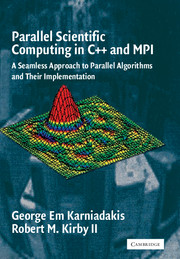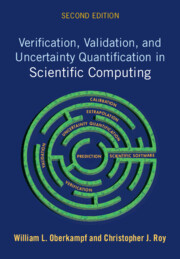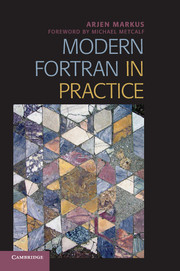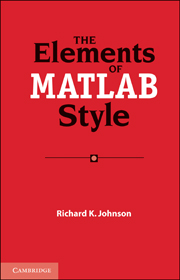Learning LaTeX
This short, well-written book covers the material essential for learning LATEX without any unnecessary detail. It discusses incisive examples that teach LATEX in a powerful yet abbreviated fashion, including the following crucial features: numerous examples of widely used mathematical expressions; complete documents illustrating the creation of articles, reports, and overhead projector slides; troubleshooting tips to help you pinpoint an error; details of how to set up a bibliography and an index; information about LATEX resources available on the Internet.
LATEX has become an extremely popular typesetting system and is widely used throughout the sciences. Students may use it to typeset reports and theses (particularly graduate students in any mathematics or computer science discipline).The authors cover LATEX 2e, the latest standard version at the time of publication. An appendix discusses the differences between 2e and the older version, 2.09.
- Suitable for readers who know how to produce ASCII files with an editor and have LATEX 2e available
- Accessible for beginners, covering enough material to be of use to the majority of potential LATEX users
- Covers LATEX 2e, the latest standard version at the time of publication, and one that will soon dominate. An appendix discusses the differences between 2e and the older version, 2.09
Reviews & endorsements
'This booklet is an excellent source for learning LATEX. The authors target the beginner and focus on the most essential commands. The book instructs mainly through the use of examples. Despite the deceptively reader-friendly approach, the authors nonetheless quickly tackle difficult mathematical typesetting problems.' Journal of Mathematical Psychology
'A clear, simple, up-to-date, sometimes amusing introduction to LATEX - brief yet surprisingly comprehensive. Covers basics, graphics, bibliographies, indexes, slides, electronic resources, differences between 'old' and 'new' LATEX, etc. Rich with brief but pertinent examples.' The American Mathematical Monthly
'Most beginners in LATEX do not wish to read through a large comprehensive manual. They want a brief account which covers the essential elements of the subject. This excellent book by Griffiths and Higham is the answer. It begins very gently, showing how to produce a simple document, and goes on to cover the basics in an easy-going but rigorous style. Light-hearted touches add some fun on the way. Yet this book is most carefully written and packs a lot into its 80 plus pages. …the book changes from sympathetic tutor to reliable reference manual. The first-rate index makes the book equally good in this second and more enduring role …' George M. Phillips, Mathematical Institute, University of St Andrews, Scotland
'The book is playful, witty, intelligent, and extremely easy to read. … Learning LATEX tells you what you want to know, with examples, in sensible, clear, entertaining language. I don't think I have ever seen a better manual. ...Overall, I would say that for more than 90% of LATEX users, all the commands they will ever need are contained in this book, in a smoothly accessible format. … Learning LATEX should be the first book on the shelf for most people.' Robert M. Corless, University of Western Ontario
'The book is aimed squarely at beginners to LATEX who wish to learn the basics with a minimum of fuss. It's always clear and to the point. The many examples are often amusing. I like this little book a lot.' Lawrence F. Shampine, Southern Methodist University
"Learning LATEX, by David F. Griffiths and Desmond J. Higham, is an excellent, easy-to-read introduction to LaTeX, the popular typesetting system used extensively in the mathematical sciences. Although this primer is brief, it covers the essentials of this text processing system remarkably clearly and with far more humour than one normally encounters in computer documentation. I strongly recommend it to anyone intending to learn LATEX ." -Ken Jackson, University of Toronto.
"An excellent introduction for new graduate students and others who are about to write their first mathematical paper." -Charles Van Loan, Cornell University.
"This book is an excellent introductory text for anyone using LATEX for the first time. Especially those writing mathematical papers or theses. It describes and gives examples of the most regularly used constructions but keeps the whole process simple. It is laid out in an excellent progression through the steps involved in the preparation of a LATEX document. The examples given clearly illustrate the points which the authors want to make." -Andrew Malcolm, United Kingdom Meteorological Office.
Product details
December 1997Paperback
9780898713831
184 pages
254 × 175 × 8 mm
0.196kg
This item is not supplied by Cambridge University Press in your region. Please contact Soc for Industrial & Applied Mathematics for availability.
Table of Contents
- Preface
- 1. Preamble
- 2. Basic LATEX
- 3. Typesetting mathematics
- 4. Further essential LATEX
- 5. More about LATEX
- Appendices
- Bibliography
- Index.






